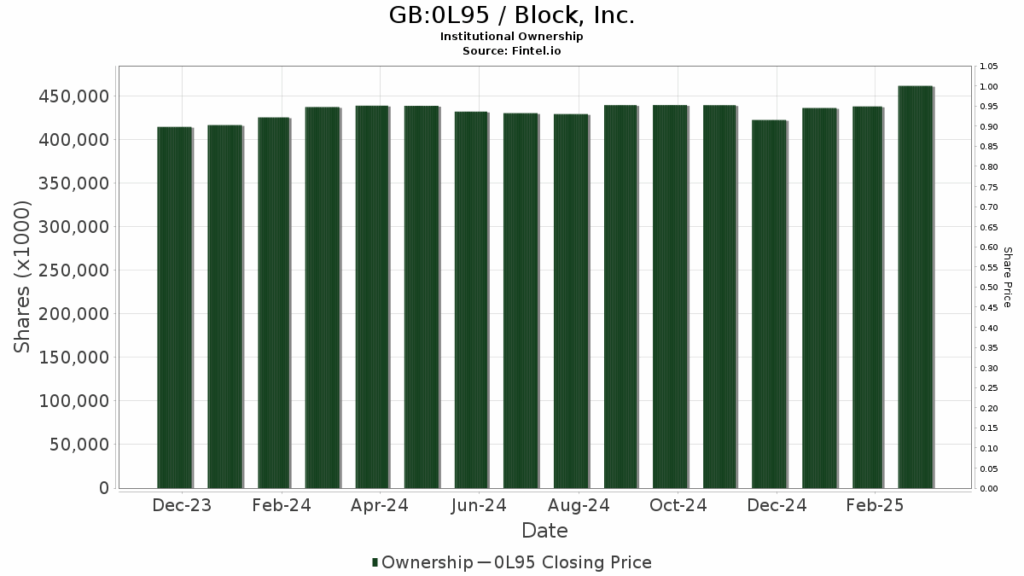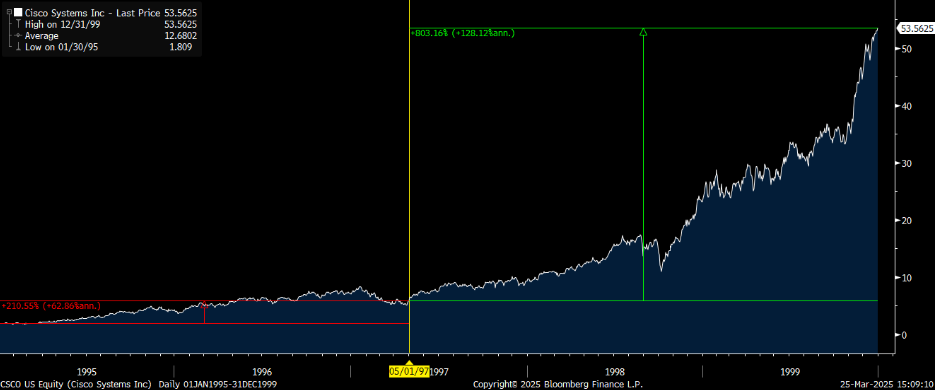Coffee Prices Rise Amid Supply Concerns and Weather Effects
On Friday, July arabica coffee (KCN25) closed higher at +0.75 (+0.19%), while July ICE robusta coffee (RMN25) increased by +165 (+3.22%). Prices for coffee rose but remained below the highs reached earlier in the week. On Tuesday, arabica coffee hit a 2-1/2 month high, and robusta coffee saw its highest levels in five weeks due to worries about a declining Brazilian coffee crop. A report from Rabobank last Tuesday projected that Brazil’s 2025/26 arabica coffee output could drop by -13.6% year-on-year to 38.1 million bags, attributing the decline to dry weather affecting crucial growing regions.
Robusta coffee prices are also supported by tighter supplies from Vietnam, the world’s leading robusta producer. Recent data from the Vietnam Customs Department indicated that coffee exports from Vietnam during January to March decreased by -15.3% year-on-year, totaling 495,780 metric tons.
Supply and Demand Dynamics
Supply concerns are bolstering coffee prices. For instance, data released on April 9 showed that Brazil’s March green coffee exports fell -26% year-on-year to 2.95 million bags. Additionally, on January 28, Brazil’s government crop forecasting agency, Conab, estimated a -4.4% year-on-year decline for the country’s 2025/26 coffee crop, predicting a three-year low of 51.81 million bags. They later adjusted their forecast for the 2024 Brazil coffee crop downward by -1.1%, now estimating it at 54.2 million bags, down from 54.8 million bags.
Weather Impact
Conversely, above-normal rainfall in Brazil has bolstered soil moisture levels, positively influencing coffee crop development. A report from Somar Meteorologia indicated that Minas Gerais, the principal arabica-growing region, received 38.7 mm of rain in the week ending April 19, which is 490% of the historical average.
On the demand side, concerns are also present. Major global commodity importers like Starbucks, Hershey, and Mondelez International have remarked that the U.S.’s baseline 10% tariff on imports could push up prices and strain sales volumes.
Current Coffee Inventory Trends
The coffee inventory situation is mixed. As of Wednesday, ICE-monitored robusta coffee inventories fell to a four-month low of 4,225 lots, while ICE-monitored arabica coffee inventories rose to a 2-1/2 month high of 828,119 bags.
The decline in robusta production has had an effect on its prices. Vietnam’s coffee output for the 2023/24 crop year has fallen by -20% to 1.472 million metric tons, marking the smallest harvest in four years. Additionally, the Vietnam General Statistics Office has reported that 2024 coffee exports dropped -17.1% year-on-year to 1.35 million metric tons. In a related adjustment, the Vietnam Coffee and Cocoa Association revised its 2024/25 production forecast down to 26.5 million bags from a previous estimate of 28 million bags. Conversely, Rabobank projects that Brazil’s robusta coffee output for 2025/26 will increase by +7.3% year-on-year to reach a record 24.7 million bags.
Global Coffee Exports and Price Forecasts
News regarding global coffee exports presents a bearish outlook for prices. On February 4, Conab noted a +28.8% year-on-year increase in Brazil’s 2024 coffee exports to a record 50.5 million bags. However, the International Coffee Organization reported on February 6 that global coffee exports in December 2023 fell by -12.4% year-on-year to 10.73 million bags, and for the overall October to December period, exports dipped -0.8% to 32.25 million bags.
The USDA’s biannual report, released December 18, provided a mixed outlook for coffee prices. The USDA’s Foreign Agriculture Service (FAS) projects a +4.0% year-on-year increase in global coffee production for 2024/25, reaching 174.855 million bags. Arabica production is expected to rise by +1.5% to 97.845 million bags, while robusta production may increase by +7.5% to 77.01 million bags. However, FAS forecasts a -6.6% decline in 2024/25 ending stocks, dropping to a 25-year low of 20.867 million bags, down from 22.347 million bags in 2023/24. Separately, on November 22, the FAS adjusted Brazil’s coffee production estimate for 2024/25 down to 66.4 million metric tons, below the prior estimate of 69.9 million metric tons.
Looking ahead to the 2025/26 marketing year, Volcafe revised Brazil’s arabica coffee production estimate to 34.4 million bags, significantly lower by around 11 million bags from an earlier estimate in September, due to severe drought conditions. Volcafe also forecasts a global arabica coffee deficit of -8.5 million bags for 2025/26, projecting this deficit to be greater than the -5.5 million bag deficit expected for 2024/25 and marking the fifth consecutive year of supply constraints.
On the date of publication, Rich Asplund did not have (either directly or indirectly) positions in any of the securities mentioned in this article. All information and data in this article is solely for informational purposes. For more information, please view the Barchart Disclosure Policy here.
More news from Barchart
The views and opinions expressed herein are the views and opinions of the author and do not necessarily reflect those of Nasdaq, Inc.

